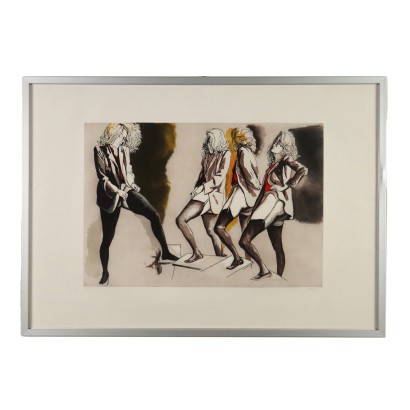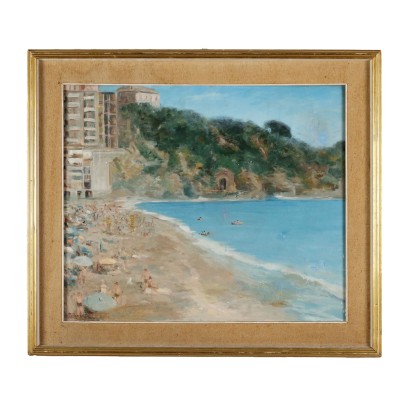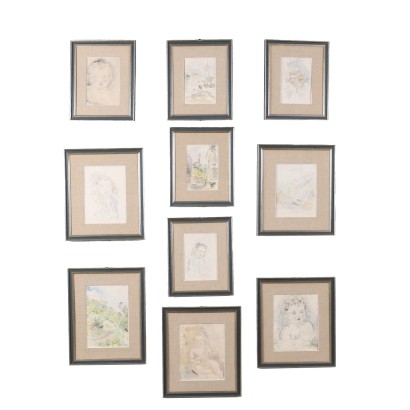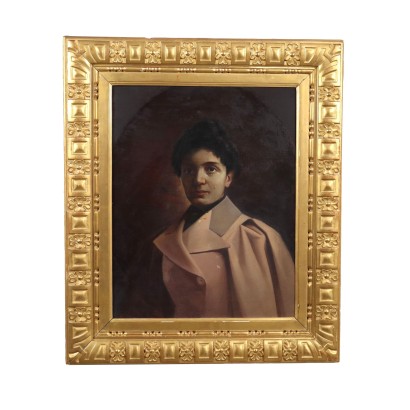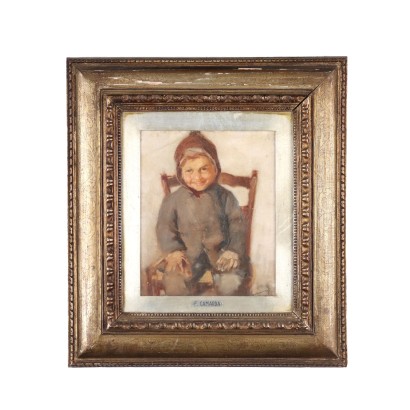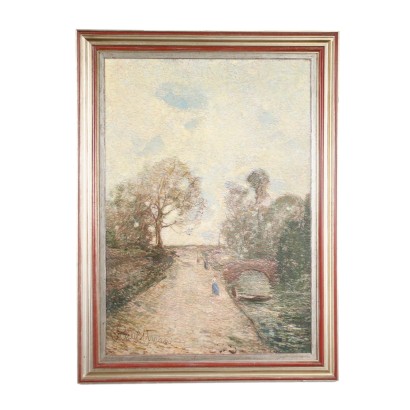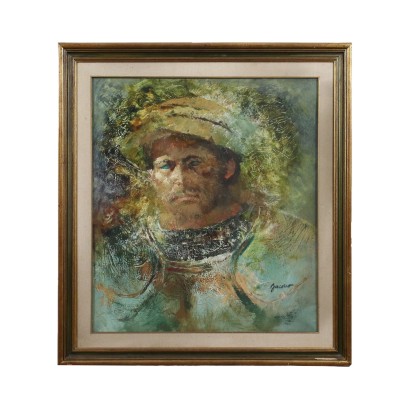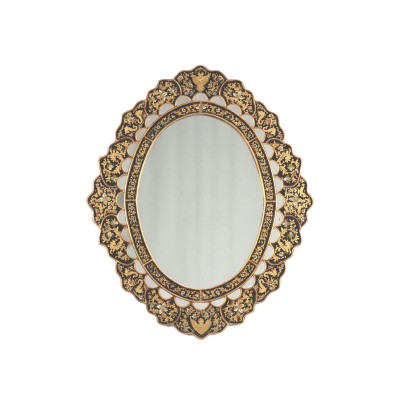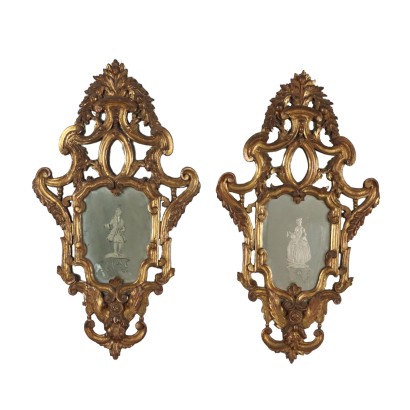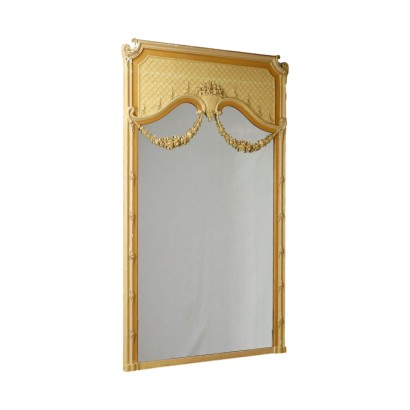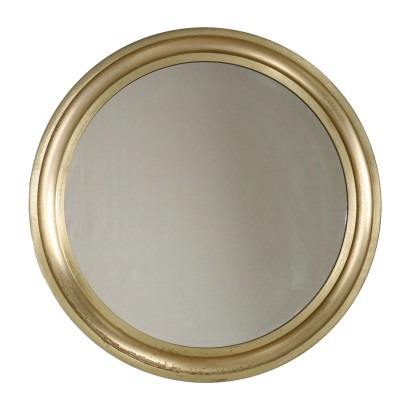R. Guttuso Etching on Paper Italy 1986 - Four Women 1986
Features
Artist: Renato Guttuso (1911-1987)
Artwork title: Quattro donne
Age: 20th Century / 1901 - 2000
Subject: Human Figures
Origin: Italy
Artistic technique: Multiple Print
Technical specification: Etching
Description : Quattro donne
Etching and aquatint on paper. Signed in pencil lower right; serial number 54/95 lower left. The work, created in 1986, proposes one of the most recurring themes in Renato Guttuso's production, the woman, which he always proposes in a passionate way in the tone, incisive and marked in the sign, to capture the gaze in an erotic and sensual emphasis . Inspiring muse and undisputed protagonist of many works by the artist from Bagheria was Marta Marzotto, whose features are also found in this work. They are four women and yet she is only one; they are close to each other almost touching, yet each ignores the presence of the one next to it. There is no narrative intention in Guttuso, but the women chase each other on the surface of the sheet as in a study book, notes for the great compositions on which the artist works. Therefore, as is characteristic of the studies, what interests Guttuso here is to follow the unfolding of the signs until they are recomposed in a synthesis that transforms them into a complete image. The etching delicately traces contours and internal lines that a few strokes of aquatint barely color; or play freely on the intricate masses of hair that have always been a typically and exclusively graphic element for Guttuso. The lithograph is mounted on a panel with a visible frame.
Product Condition:
Painting in good condition, it has small signs of usage.
Artwork dimensions (cm):
Height: 97
Width: 135
Depth: 0,5
Additional Information
Artist: Renato Guttuso (1911-1987)
Born in Bagheria in Sicily in 1911, Renato Guttuso was one of the most important Italian artists of the twentieth century, and his name is among those that have marked the history of Italian art in the second half of the twentieth century. He discovers art through his father, also a painter, and since he was a child he devoted himself to landscape painting, portraying the views and mountainous reliefs of his land, from which he will be inspired throughout his artistic career. He first studied in Palermo, then moved to Rome in the 1930s and finally arrived in Milan in 1932; in these years he met many prominent artists and writers and above all formed his anti-fascist political conscience. He was a leading exponent of Corrente, the artistic movement whose name derives from Corrente di vita giovanile, a magazine born in 1938 in Milan, based on an idea by the painter Ernesto Treccani (Milan, 1920 - 2009); the objective of the movement was to reconcile political life with an idea of independent art, free from the power of the fascist regime, in opposition to the twentieth century group, considered close to fascism. Also in 1938 the group's manifesto was published, but the experience was already partially concluded in 1943, with the suppression of the magazine by the fascist regime. In 1945, to escape the fascist repression, Guttuso escaped to Paris, where he met Pablo Picasso. After the war, Guttuso's art will acquire an ever greater political weight, becoming one of the most interesting experiences of his time. He joined the Fronte Nuovo delle Arti artistic group (1946-48), to give a voice to all the artists who, due to fascism, were unable to freely exercise their art in Italy. Guttuso travels a lot both in Italy and abroad, obtaining recognition, important collaborations for theatrical sets, Italian and international magazines, as well as an invitation to exhibit several times at the Venice Biennale. Since 1965 he has lived and worked in Rome at Palazzo del Grillo, without ever abandoning his political career (his communist faith had never failed: in fact he had already joined the underground Communist Party of Italy in 1940), culminating with the election a senator in the PCI, the Italian Communist Party, in 1976. On 18 January 1987 he died in Rome at the age of seventy-five.
Age: 20th Century / 1901 - 2000
20th Century / 1901 - 2000
Subject: Human Figures
Artistic technique: Multiple Print
Technical specification: Etching
Other customers have searched:



